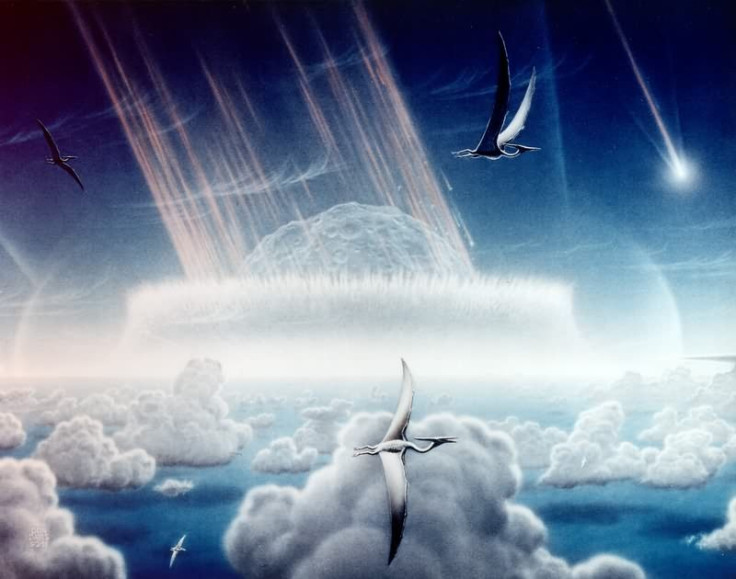New Theory Suggests Comet, Not Asteroid, Caused Dinosaur-Killing Chicxulub
KEY POINTS
- A new study suggests it was a comet, not an asteroid, that caused the Chicxulub impact
- The long-period comet responsible for it could have originated from the Oort cloud
- It's possible that the impact was caused by a fragment of the comet that broke apart
What really killed the dinosaurs millions of years ago? The researchers of a new study are proposing a new theory to explain what the Chicxulub impactor might have been and where it really came from.
It is believed that the Chicxulub impact, which left a crater in modern-day Mexico, led to the dinosaurs' mass extinction event some 66 million years ago. But exactly what caused the impact and how it ended up hitting Earth remains a mystery.
In a new study, published in Scientific Reports, a pair of researchers are proposing a new theory about the impactor's origin: It was a part of an icy long-period comet that possibly originated from the Oort cloud.
Cosmic Pinball Machine
The Oort cloud is the farthest region of our solar system, NASA explained. It is composed of billions or trillions of icy space debris that are farther away than the other objects in the solar system. According to the agency, it has been described as a "cometary reservoir" since it is probably where long-period comets, which are comets that take more than 200 years to orbit the sun, come from.
The background impact rates of such long-period comets have previously been dismissed as an explanation for the Chicxulub event, the researchers of the new study said. But their statistical analysis and gravitational simulations showed that it may actually be possible, and it begins when Jupiter's gravitational field affects an object from the Oort cloud.
"The solar system acts as a kind of pinball machine," study co-author Amir Siraj, an undergraduate student at Harvard University, said in the news release published by Harvard & Smithsonian Center For Astrophysics (CfA). "Jupiter, the most massive planet, kicks incoming long-period comets into orbits that bring them very close to the sun."
And when a comet does come close to the sun, it can break apart in what's called a "tidal disruption event." When this happens, smaller fragments of the comet that have broken apart can cross the orbit of the Earth, thereby increasing the chances of a fragment hitting the planet in a Chicxulub impact event.

In fact, the researchers' calculations showed a 10-factor increase in the chances of a long-period comet hitting the Earth, CfA noted.
"This new rate would be consistent with the age of the Chicxulub impact crater, thereby providing a satisfactory explanation for the origin of the impactor," the researchers wrote.
Comet Material
What's more, the researchers noted evidence from the Chicxulub crater showing that the impactor was composed of carbonaceous chondrites, which are said to be rare in main-belt asteroids. But it's possible that the material may be more common in long-period comets.
Simply put, the researchers' work suggests that the dinosaur-killing impact may have been from a fragment of a long-period comet that possibly came from the Oort cloud instead of an asteroid from the main belt between Jupiter and Mars.
According to the researchers, studying the craters and long-period comets would not only shed light on what might have happened millions of years ago but may also be useful in identifying possible risks to the Earth.
"It must have been an amazing sight, but we don't want to see that again," study co-author Avi Loeb said.
© Copyright IBTimes 2025. All rights reserved.






















